 History
History  History
History  Music
Music 10 Rock Musicians with Impressive College Degrees
 Misconceptions
Misconceptions 10 Totally Deceptive Marketing Tactics Exposed
 Movies and TV
Movies and TV 10 Amazing Facts About 10 of the Most Popular Television Shows
 History
History Top 10 Strange Ways Victorians Excercised
 Gaming
Gaming 10 Horror Games Where You Play as the Killer
 Our World
Our World Future Now: 10 Really Cool Things That Are about to Happen
 Miscellaneous
Miscellaneous Top 10 Still Existing Companies That Supported the Nazis
 Movies and TV
Movies and TV Ten Actors Who Actually Like Watching What They Star In
 Miscellaneous
Miscellaneous 10 Birthday Bashes That Took a Walk on the Wild Side
 History
History 10 Unbelievably Badass Women from History
 Music
Music 10 Rock Musicians with Impressive College Degrees
 Misconceptions
Misconceptions 10 Totally Deceptive Marketing Tactics Exposed
Who's Behind Listverse?

Jamie Frater
Head Editor
Jamie founded Listverse due to an insatiable desire to share fascinating, obscure, and bizarre facts. He has been a guest speaker on numerous national radio and television stations and is a five time published author.
More About Us Movies and TV
Movies and TV 10 Amazing Facts About 10 of the Most Popular Television Shows
 History
History Top 10 Strange Ways Victorians Excercised
 Gaming
Gaming 10 Horror Games Where You Play as the Killer
 Our World
Our World Future Now: 10 Really Cool Things That Are about to Happen
 Miscellaneous
Miscellaneous Top 10 Still Existing Companies That Supported the Nazis
 Movies and TV
Movies and TV Ten Actors Who Actually Like Watching What They Star In
 Miscellaneous
Miscellaneous 10 Birthday Bashes That Took a Walk on the Wild Side
Top 10 Stars That’ll Blow Your Mind
No one can help but look at all the stars which adorn our skies and wonder, “what’s out there?” It’s natural to dream about that which lies so very beyond our reach. Perhaps in a solar system far from ours there’s another species gazing up towards our sun, a mere point of light from their perspective, and wondering what mysteries it holds.
Try as we might, we’ll never truly understand everything there is to know about cosmology, but it doesn’t stop us trying. From the known to the hypothetical, this list will outline ten fascinating types of stars.
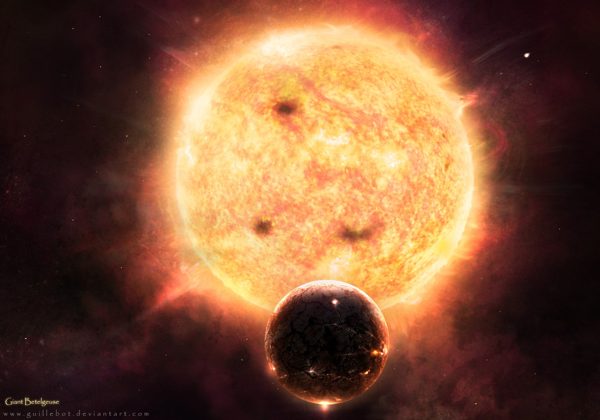
A rather boring type of star in comparison to the rest on this list, I couldn’t resist including hypergiants just for their sheer size. It’s hard for us to imagine just how humongous these monsters truly are, but the current largest known star, NML Cygni, has a radius 1,650 times that of our sun – or 7.67 AU. For comparison, the orbit of Jupiter sits 5.23 AU away from our sun, and Saturn is 9.53 AU away. Because of their enormous size, most hypergiants only live for less then a couple of dozen million years at the most, before going supernova. The hypergiant Betelgeuse, which sits in the constellation Orion, is expected to go supernova within the next couple of hundred thousands of years. When it does, it’ll outshine the moon for over a year, as well as being visible during the day.
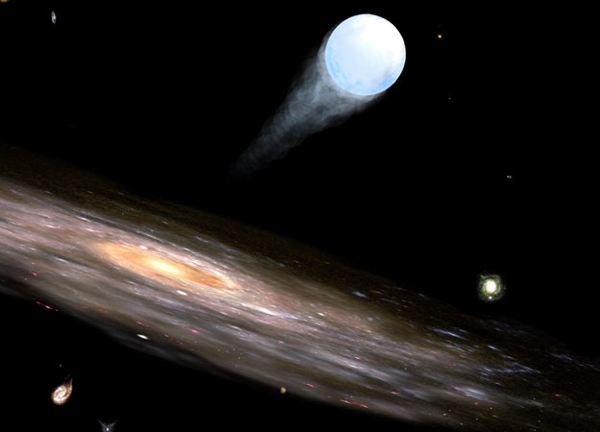
Unlike all of the other entries on this list, hypervelocity stars are otherwise normal stars with no interesting or distinguishing features – besides the fact that they are hurtling through space at insane speeds. With a velocity in excess of one or two million miles per hour, hypervelocity stars are the result of stars wandering too close to the galactic centre – which ejects the stars at ultra-high speeds. All known hypervelocity stars in our galaxy are traveling at over twice the escape velocity, and are therefore destined to exit the galaxy all together, and drift in darkness for the rest of their lives.
 Cepheids – or Cepheid Variable Stars – refers to stars with a mass typically between 5 and 20 times that of our star, which grows larger and smaller at regular intervals, giving it the appearance that it is pulsing. Cepheids expand due to the incredibly high pressure that is experienced within their dense core, but once they have grown in size, the pressure drops and they contract once more. This cycle of growing and shrinking continues until the star reaches the end of its life.
Cepheids – or Cepheid Variable Stars – refers to stars with a mass typically between 5 and 20 times that of our star, which grows larger and smaller at regular intervals, giving it the appearance that it is pulsing. Cepheids expand due to the incredibly high pressure that is experienced within their dense core, but once they have grown in size, the pressure drops and they contract once more. This cycle of growing and shrinking continues until the star reaches the end of its life.
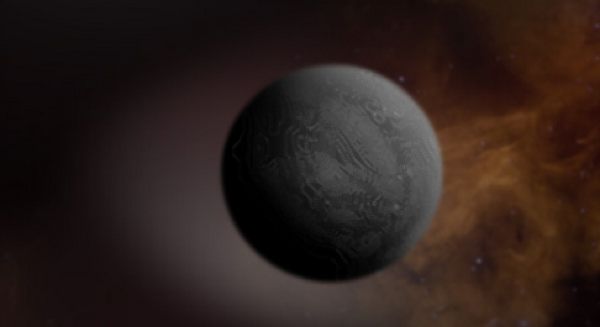
If a star is too small to become a neutron star or simply explode into a supernova, it will eventually evolve into a white dwarf – an extremely dense and dull star which has expended all of its fuel and is no longer experiencing nuclear fission at its core. Often no larger then the Earth, white dwarves slowly cool via the emission of electromagnetic radiation. Over ridiculously long periods of time, white dwarves eventually cool enough to stop emitting light and heat altogether – thereby becoming what is known as a black dwarf, almost invisible to the observer. Black dwarf-hood marks the end of stellar evolution for many stars. It’s believed that no black dwarves currently exist in the universe, as it takes so long for them to form. Our sun will degenerate into one in around 14.5 billion years.
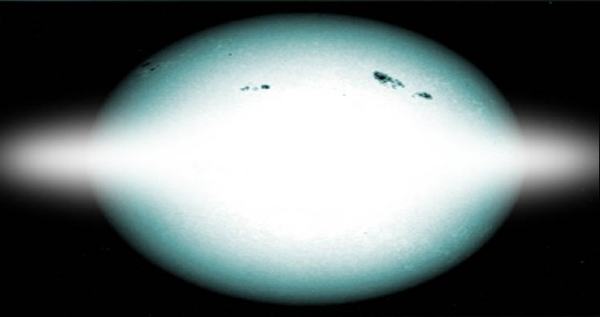
When most people think of stars, they think of huge sizzling spheres floating in space. In fact, due centrifugal force, most stars are slightly oblate – or flattened at their poles. For most stars this flattening is small enough to be negligible – but in a certain proportion of stars, which spin at ferocious speeds, this flattening is so extreme as to give it a rugby-ball shape. With their high rotational velocities, these stars will also throw out huge volumes of matter around their equator, creating a ‘shell’ of gas around the star – and thereby forming what’s called a ‘shell star’. In the image above, the slightly translucent white mass that circles the oblate star, Alpha Eridan (Achernar), is the ‘shell’.
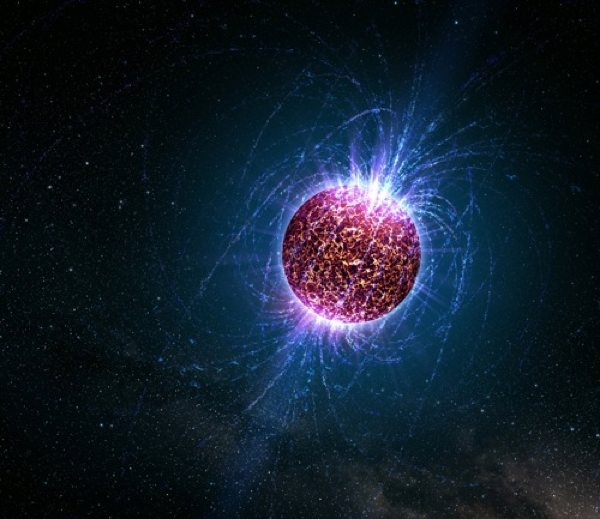
Once a star has gone supernova, only a neutron star usually remains. Neutron stars are extremely small and extremely dense balls of – you guessed it – neutrons. Many times more dense than the nucleus of an atom, and with a size less than a dozen kilometres in diameter, neutron stars are a truly remarkable product of physics.
Due to the extreme density of neutron stars, any atoms which come into contact with their surface are almost instantaneously ripped apart. All the non-neutron subatomic particles are torn apart, into their constituent quarks, before being ‘rearranged’ into neutrons. This process releases a huge amount of energy – so much so that a collision between a neutron star and an average-sized asteroid would release a gamma ray burst with more energy then our sun will ever produce during its entire lifetime. For this reason alone, any neutron stars in close proximity to our solar system (within a couple of hundred light years) possess a very real threat of blasting the earth with lethal radiation.
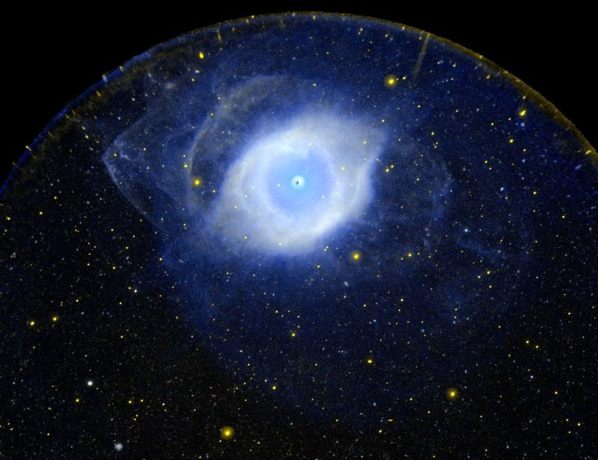
Because of the many problems associated with our current understanding of black holes, especially in relation to quantum mechanics, many alternate theories have been put forward as an explanation for our observations.
One of these is the idea of a dark energy star. It is hypothesised that when a large star collapses it doesn’t turn into a black hole, but rather the space-time that exists within it mutates into dark energy. Because of quantum mechanics, this star will have a rather unique property: outside its event horizon it will attract all matter, whilst on the inside, beyond its event horizon, it will repel all matter – this is because dark energy has ‘negative’ gravity, which repels all that comes close to it, much like how the identical poles of a magnet reject each other.
In addition to this the theory predicts that once an electron passes the event horizon of a dark energy star it will be converted into a positron – also known as an anti-electron – and ejected. When this antiparticle collides with a normal electron they will annihilate and release a small burst of energy. It is believed that this, on a large scale, would explain the huge amount of radiation that is emitted from the centre of galaxies – where a supermassive black hole is otherwise thought to exist.
For the most part it is easiest to think of a dark energy star as a black hole that ejects matter and has no singularity.
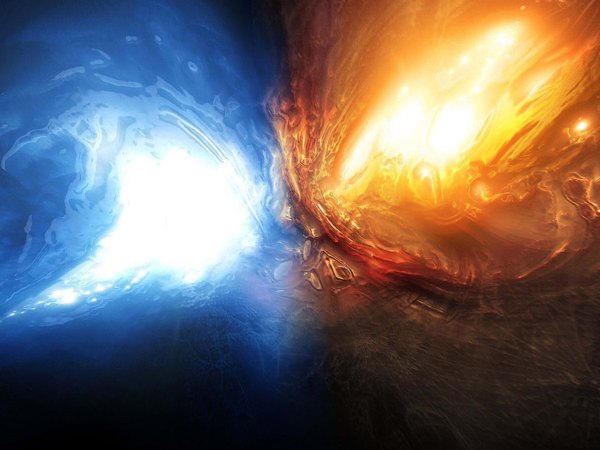
Stars create heavier elements via nuclear fusion – the process whereby lighter elements are fused together to make heavier elements, subsequently releasing energy. The heavier the element, the less energy is released when they’re fused. The typical path stars take is by first fusing hydrogen into helium, then helium into carbon, carbon into oxygen, oxygen into neon, neon into silicon and then – finally – silicon into iron. Fusing iron requires more energy than is released, so it’s the last step in any stable nuclear fusion reaction. The majority of stars die before they reach the point where they start fusing carbon, but those who do get to this point, or further, typically erupt into a supernova soon after.
An iron star is a star which is composed purely of iron, but is paradoxically still releasing energy. How? Via quantum tunneling. Quantum tunneling refers to the phenomenon whereby a particle passes through a barrier it would otherwise be unable to transverse. To use an example: if I threw a ball at a wall, it would normally hit the wall and bounce back. But according to quantum mechanics, there is a small chance that the ball could pass through the wall, and hit the unsuspecting person on the other side.
That is quantum tunneling. Of course, the probability of this happening is infinitesimal, but at an atomic level it occurs relatively frequently – especially within huge objects such as stars. Normally, a large amount of energy is required to fuse iron, as it has a barrier of sorts which resists fusion – meaning that it requires more energy than it gives out. With quantum tunneling, however, iron can fuse without using any energy at all. One way of comprehending this is by imagining two golf balls slowly rolling towards each other and spontaneously merging when they collide. Usually this fusion would require a huge amount of energy, but quantum tunneling allows it to occur with practically none.
Since iron fusion via quantum tunneling is extremely rare, an iron star would need to have an extremely high mass to experience a sustainable fusion reaction. For this reason – and because iron is relatively rare in the universe – it is thought that it will take just under 1 Quingentillion years (1 followed by 1503 zeros) before the first iron stars appear.

“Twinkle, twinkle quasi-star
Biggest puzzle from afar
How unlike the other ones
Brighter than a billion suns
Twinkle, twinkle, quasi-star
How I wonder what you are.”
– George Gamow, “Quasar” 1964. Hypergiants – the biggest of stars – typically collapse into black holes around ten times the mass of our sun. So htere’s an obvious question: what could possibly cause the super-massive black holes, located at the centres of galaxies, with masses of a billion suns? No typical star could be large enough to create such a monster! Of course, one could argue that these baby black holes could grow large by consuming matter – but contrary to popular belief, this is an incredibly slow process. Furthermore, the majority of supermassive black holes are believed to have formed in the first couple of billions years of the universe – giving any conventional black hole far too short a time to evolve into the monsters we see today. One theory argues that early population III stars, bigger then today’s hypergiants and composed purely of helium and hydrogen, quickly collapsed and created large black holes, which later merged with each other into supermassive black holes. Another theory, which is considered more likely, suggests that quasi-stars could be to blame.
Back in the first billion years of the universe, there were large clouds of helium and hydrogen floating around. If the matter contained within these clouds collapsed quickly enough, it could form a large star with a small black hole at the centre – a quasi-star, with the brightness of a billion suns. Normally this scenario would lead to a supernova, which would result in the star’s ‘shell’ and surrounding matter being blasted away into space. But if the cloud of matter surrounding the star is large and dense enough, it will withstand the blast and begin to fall into the black hole. Now fed by the huge amount of matter surrounding it, the black hole would grow extremely large, extremely quickly.
To use an analogy: imagine if you had a small bomb surrounded by cardboard. If the bomb exploded, like a supernova, it would blast away the cardboard, and the resulting black hole would have no matter to consume straight away. But if the cardboard was actually thick concrete instead, the blast wouldn’t throw away the wall – and the black hole could immediately consume it.
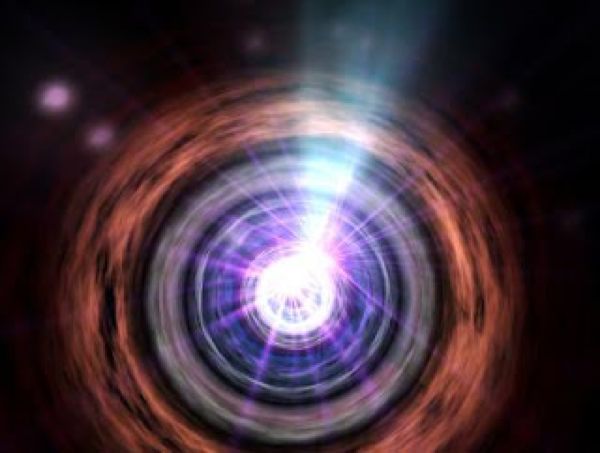
There are two types of things in this universe: bosons and fermions. The simplest distinction between the two is that fermions are particles with a half-integer spin, whilst bosons are particles with an integer spin. All elementary and composite particles, such as electrons, neutrons and quarks, are fermions, whilst the title of boson is granted to all the force-bearing particles, such as photons and gluons. Unlike fermions, two or more bosons can exist in the same state.
To use a convoluted analogy to explain this, fermions are like buildings, whilst bosons are like ghosts. You can only have one building at a particular point in space – as it is impossible to have two building co-existing in the same space – but you can have thousands of ghosts standing in the same spot, or in the building, as they’re immaterial (Bosons do have mass, however, but you get the idea). There is no limit to how many bosons can occupy the same space.
Now, all known stars are composed of fermions, but if a stable boson exists, with some given mass, then hypothetically boson stars could also exist. Bearing in mind that gravity is dependent upon mass, imagine what would happen if there was a type of particle in which an infinite amount could coexist at the same point in space. To use our ghost example, imagine if there were a billion ghosts, all with a small amount of mass, standing in the same place – we’d end up with a huge amount of mass concentrated at a single point in space, which would of course have a huge gravitational pull. Boson stars could thus possess infinite mass at an infinitely small point in space. It is hypothesised that the most likely location for boson stars, if they exist, is at the centre of galaxies.








